YYYYMMDD >>> BACK HOME <<< >>> SELECTED FEATURES <<< >>> HIDDEN ARCHIVE <<<
[20230327]
GRANADA GRANADA by ÁLVARO URBANO at TRAVESÍA CUATRO [from 20230204 to 20230401]
[Photos: Ramiro Chaves / Agustín Arce]
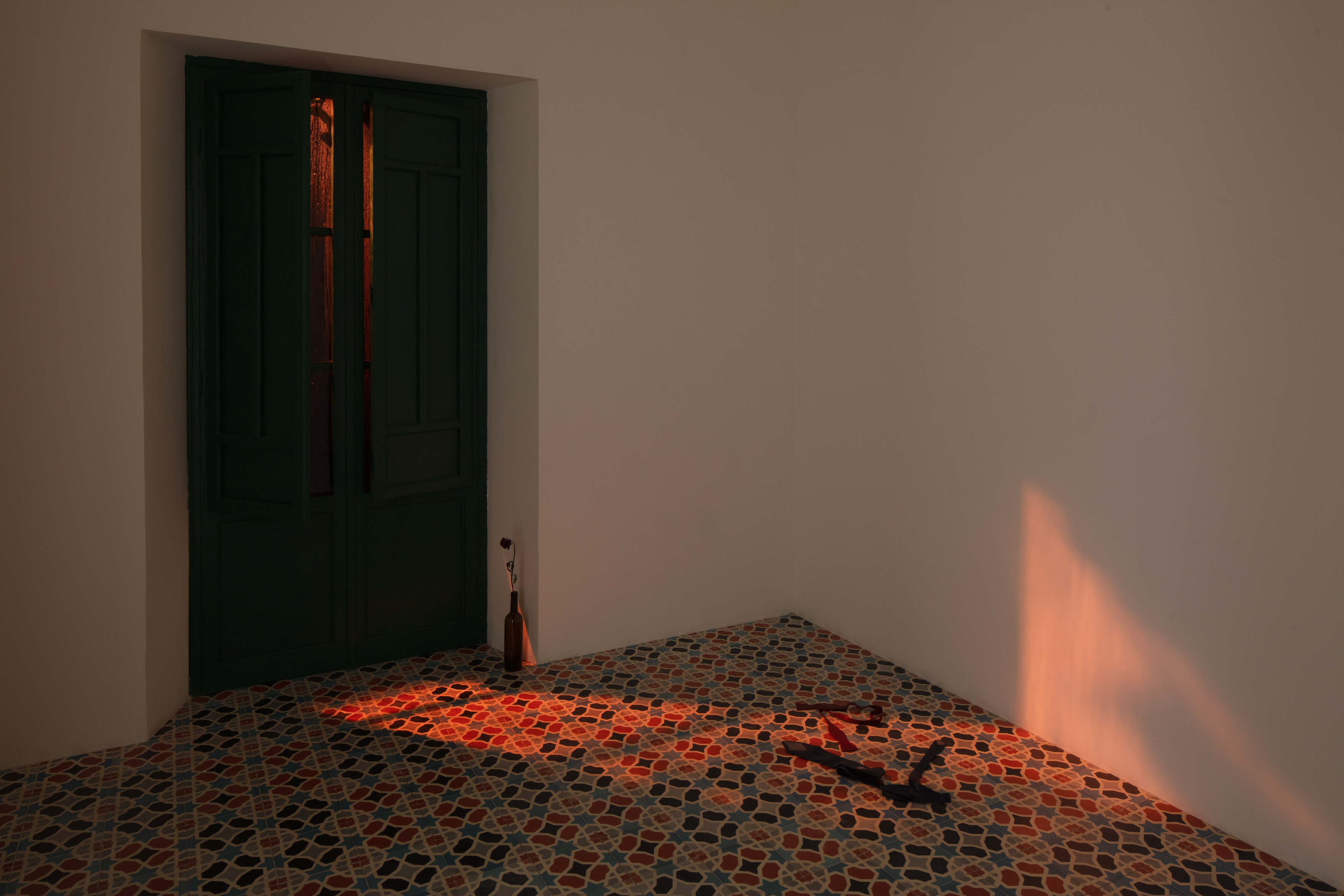
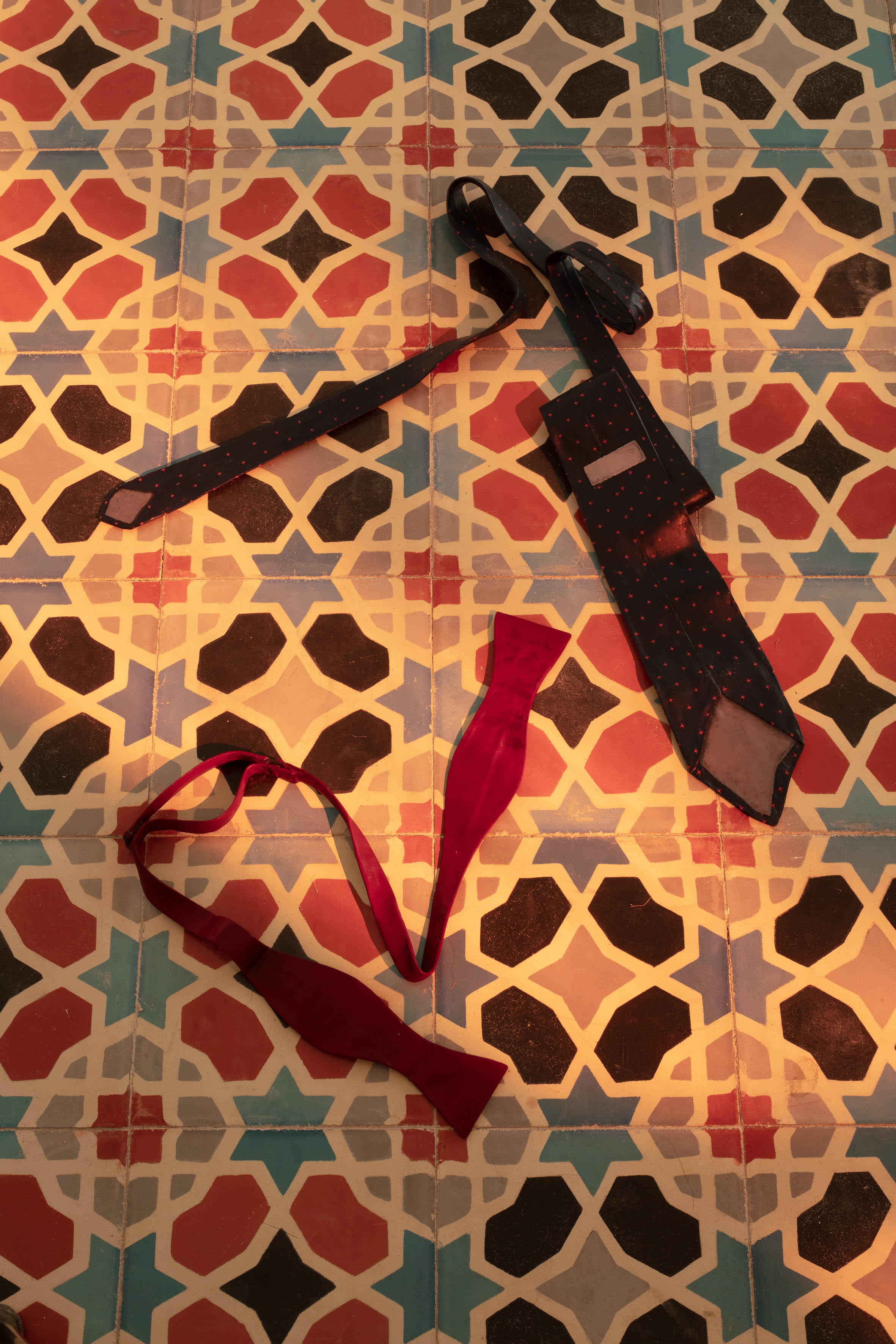
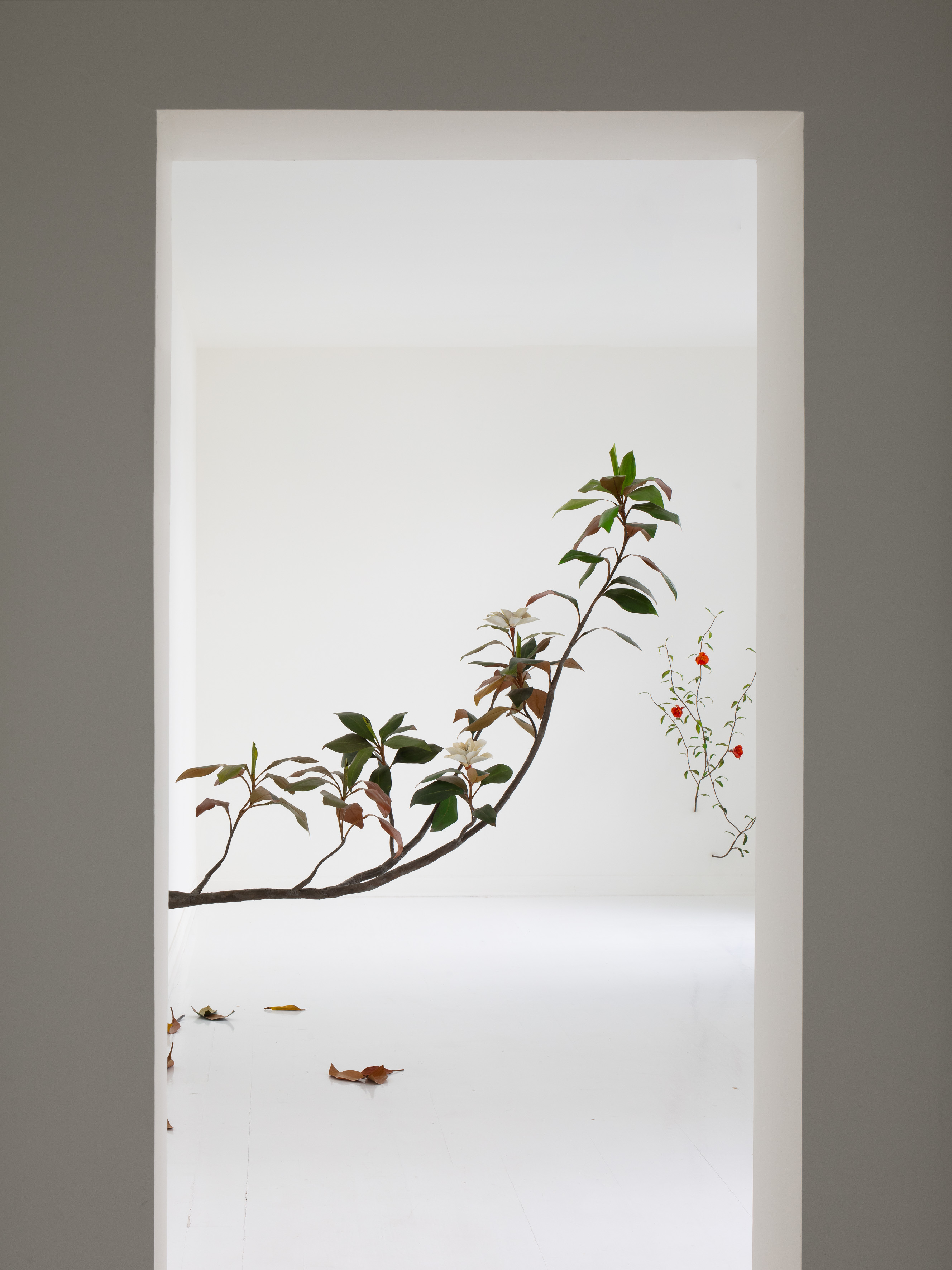
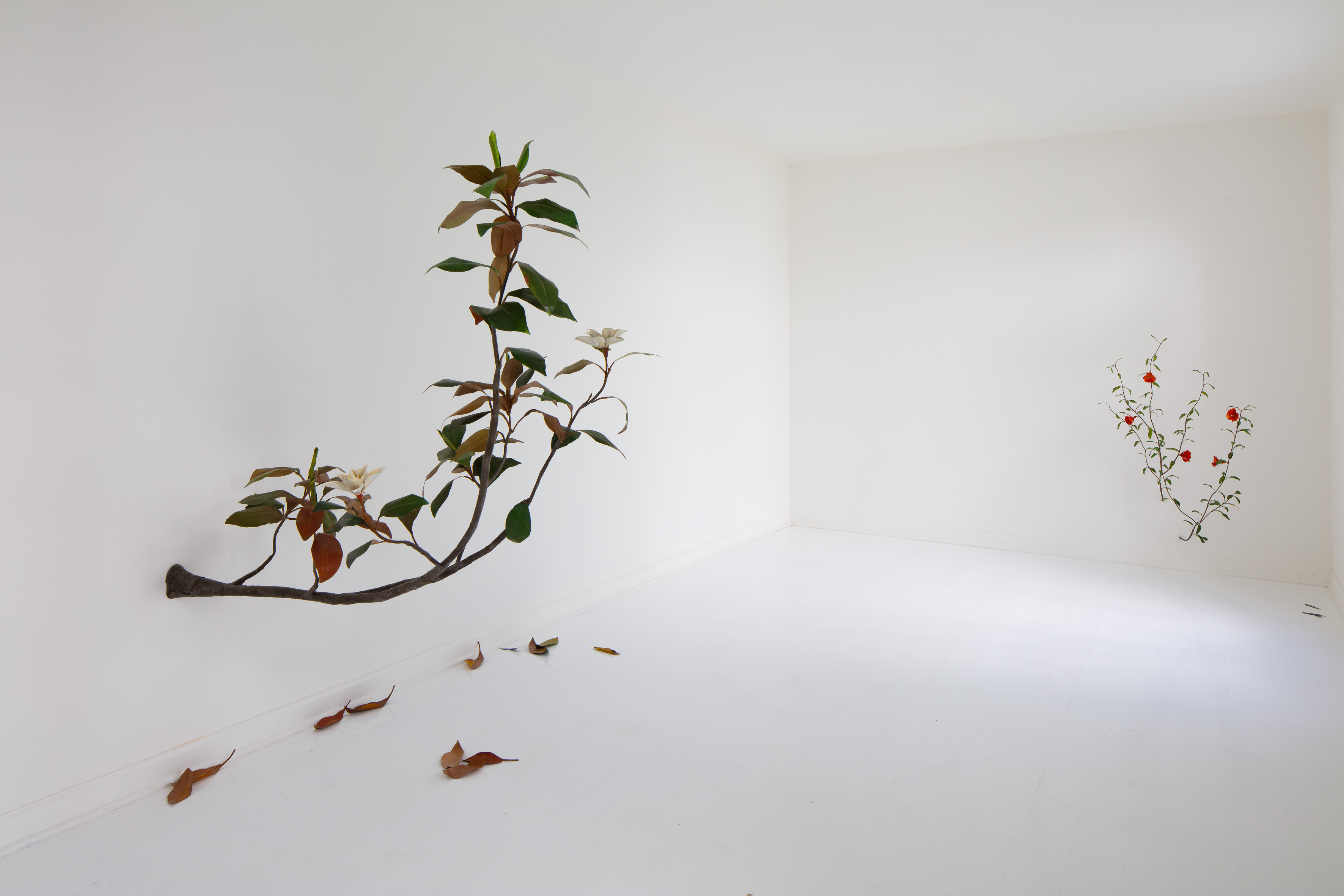


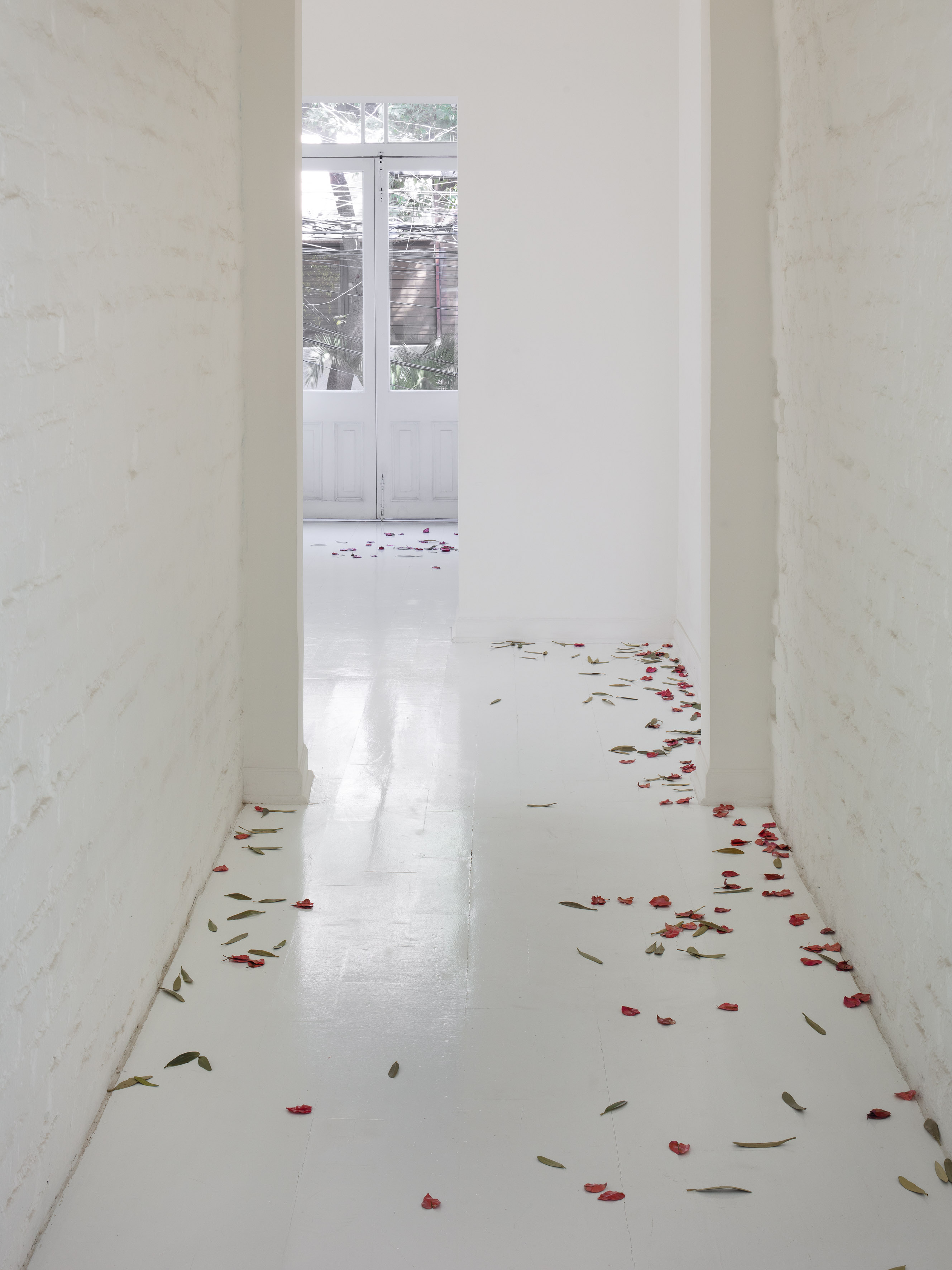

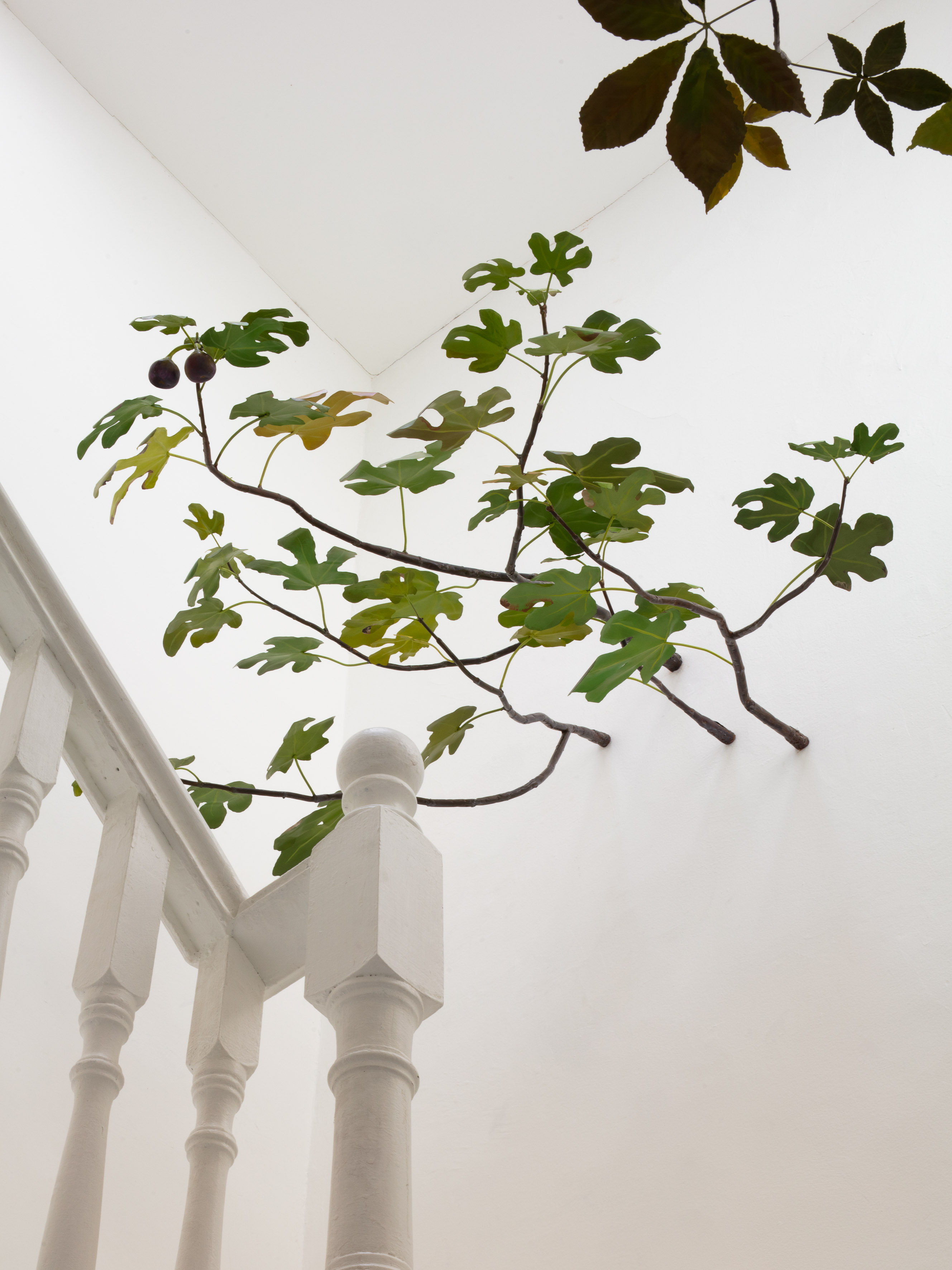
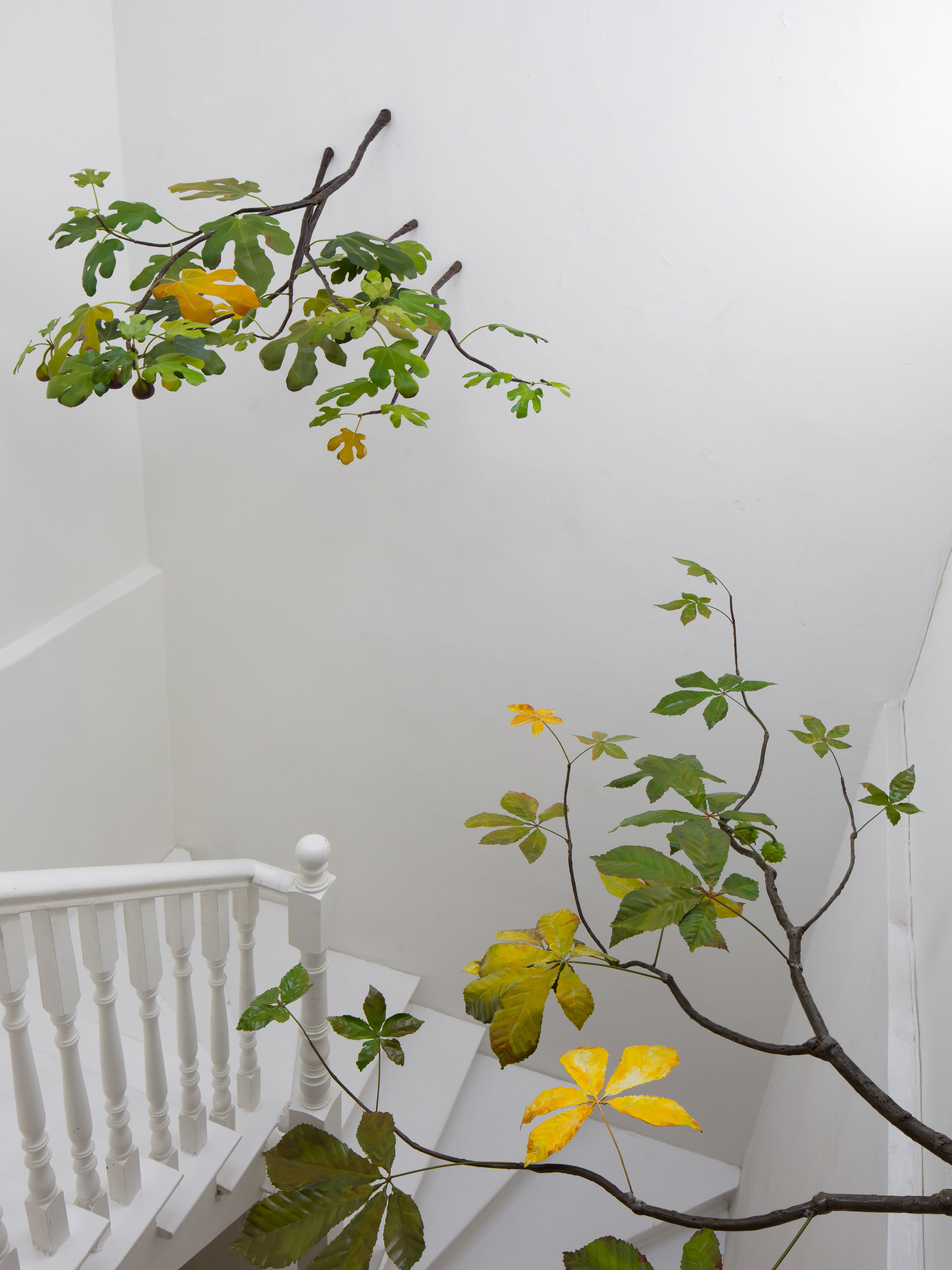

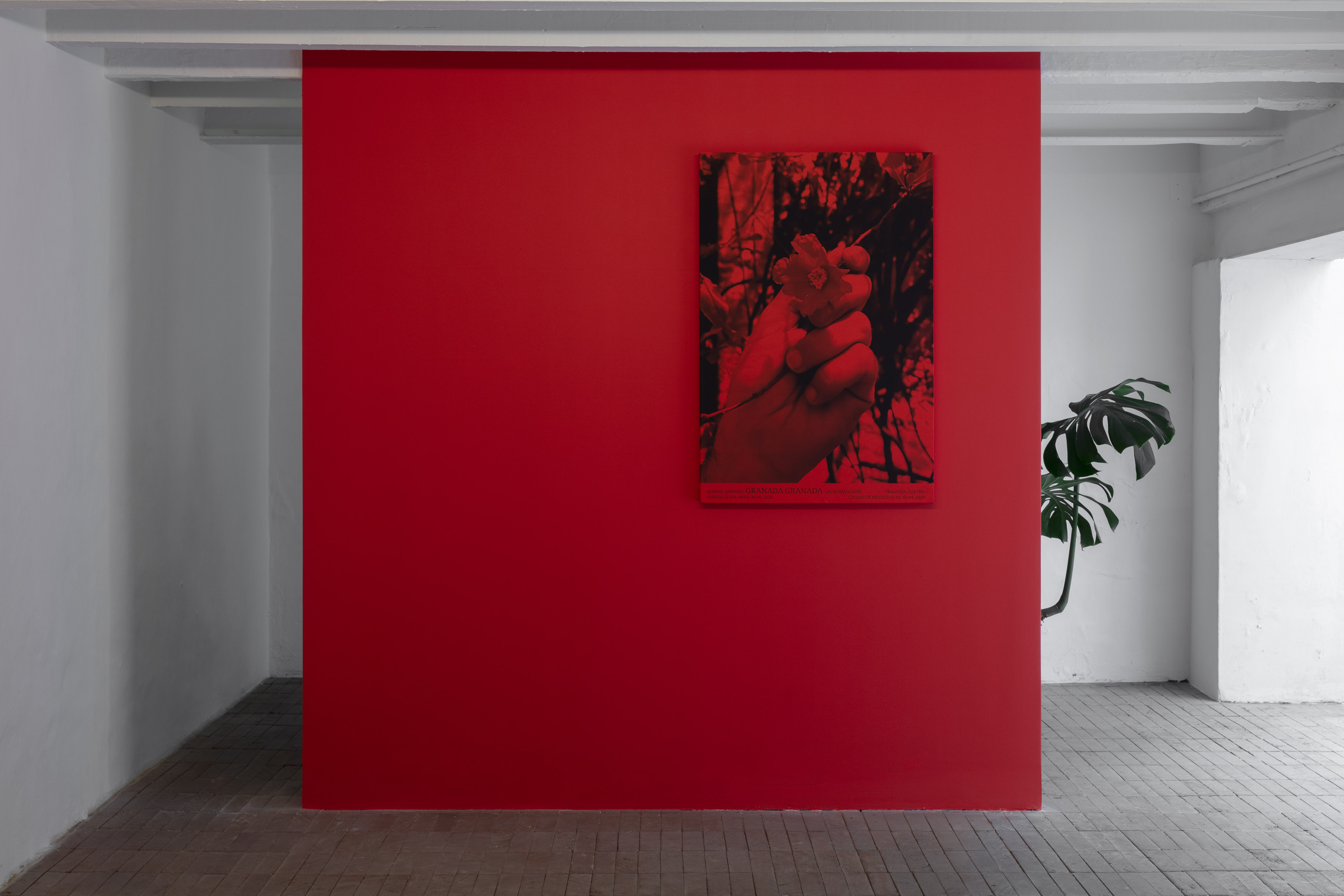







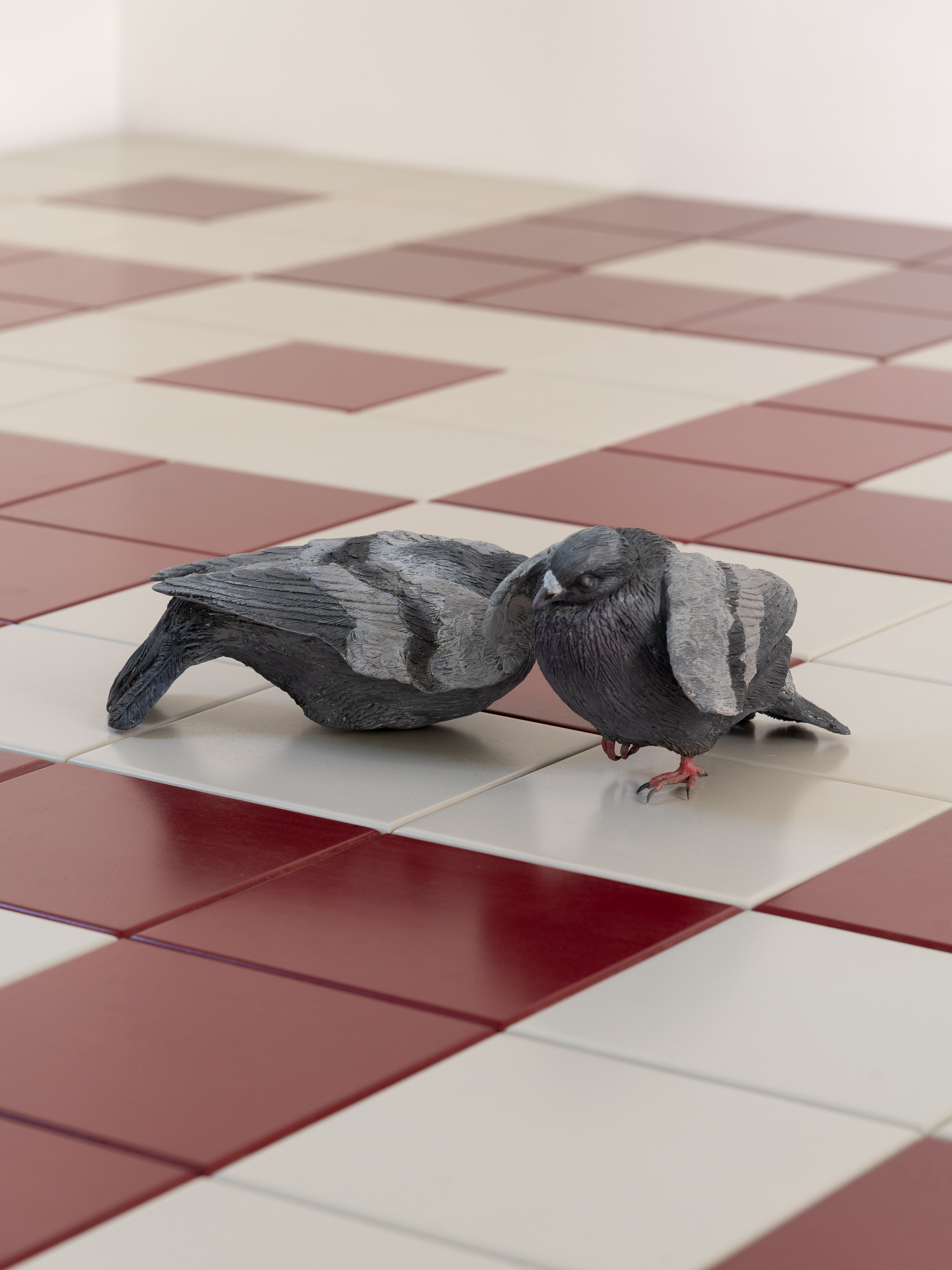
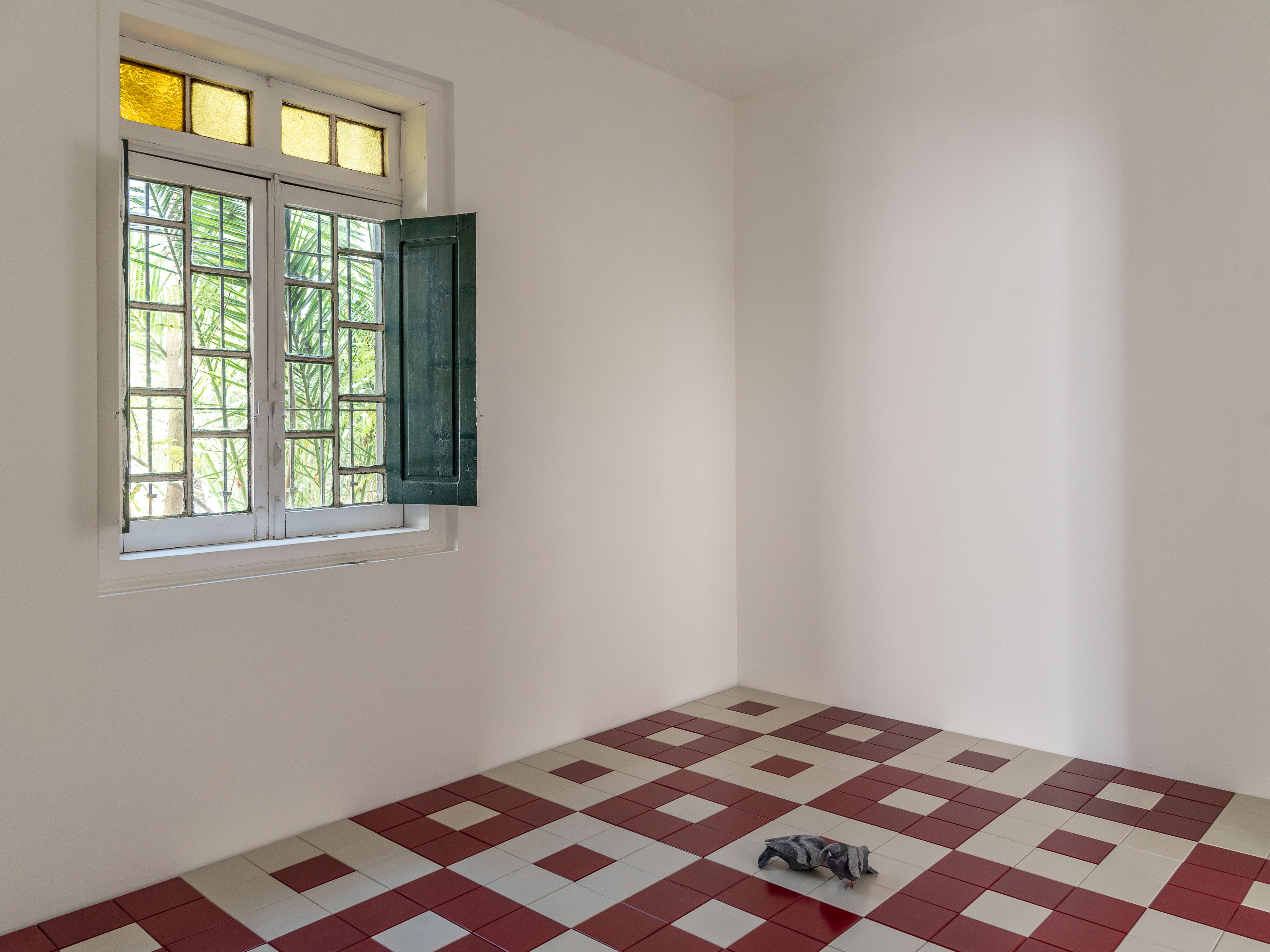
«… some verses are necessary to go on living, but too many can drive a man mad.» [Isabel Abascal]
GRANADA GRANADA is an exhibition in two chapters. The first at Travesía Cuatro’s space in Guadalajara, and the second in Mexico City. In both, Álvaro Urbano (Madrid, 1983) imagines an encounter between the architect Luis Barragán and the poet Federico García Lorca. As a sort of guide, Álvaro dreams of the mute witnesses of the encounter, the plants, the floors and the architecture as an empty memory of those who left. The starting point for this story is Casa Franco, designed in 1929 by the tapatío architect. The Moorish influence can be perceived in the patios, doors and woodwork, as well as in the use of light and the presence of water in the small garden, elements that fascinated Barragán on his trip to Andalusia.
«The discovery gave me a sensation not unlike the one I had when, walking through a narrow, dark tunnel in the Alhambra, I was given serene, quiet and solitary, the beautiful courtyard of the Myrtles of that ancient palace. It contained what a successful garden should contain: nothing less than the entire universe. Such a memorable epiphany has never left me and it is not by chance that, since the first garden I created in 1941, all those that have followed have humbly tried to echo the immense lesson of the plastic wisdom of the Moors of Spain.» [Luis Barragán, for his 1980 Pritzker Prize award speech]
Barragán’s infatuation with the city of Granada and his confessed admiration for García Lorca are embodied in a pomegranate blossom that Urbano finds in the Casa Jardín Ortega in Mexico City.
«Features of the pomegranate blossom. The pomegranate blossom is solitary, although it is sometimes found in groups of two or three buds at the end of the branches. The pomegranate flower is hermaphroditic, male and female at the same time. The pomegranate blossom grew in the capital of al-Andalus, which we now call Granada. The pomegranate blossom sprang from the deep red blood of the goddess Aphrodite.» [Isabel Abascal]
During the summer of 2022, Álvaro Urbano visits the Huerta de San Vicente, the house where the García Lorca family spent their summers in Granada, and where Federico wrote Yerma, Bodas de sangre and Romancero gitano. The poet refers to the balcony of his bedchamber in the Huerta as the place where the city appeared before him in all its splendor “… in front of my balcony, stretched out in the distance with a beauty never equaled”.
Entering Federico’s domestic intimacy, Álvaro perceives the tension between memory and myth. Today, in the Casa Franco in Guadalajara, the floors, the balcony and the memories of García Lorca’s empty house, behind whose window is raining. It is the memory of Urbano that makes the encounter possible: Federico and Luis in Granada in the summer of 1924. It is in Mexico City, where the link between Lorca and Barragán takes the form of a garden, plants that Álvaro finds in the poet’s poems and in the architect’s gardens, and which seek to reach each other. While the sun sets on the balcony in Guadalajara, the dawn breaks on the balcony in Mexico City. Thus these chapters contain –like the gardens of the Alhambra– an entire universe, a sleepless night.
[Text: Travesía Cuatro]
©YYYYMMDD All content and design by Daniela Grabosch + Ricardo Almeida Roque unless otherwise stated. Images, Videos and Texts can only be used under permission of the author(s).